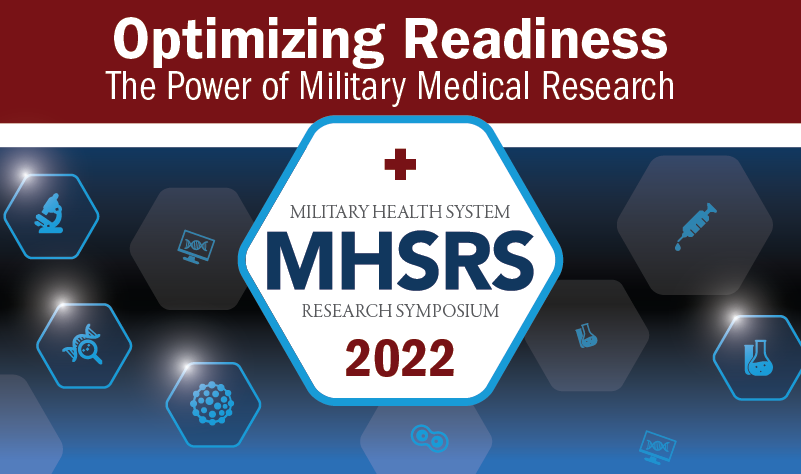
We are losing in an antibiotic arms race with bacteria due to the emergence and global spread of new antibiotic resistance mechanisms.1,2 At current rates of antibiotics discovery and development we will eventually lose to antibiotic-resistant strains, and by 2050, antibiotics resistant strains of bacteria will kill more patients per year than all cancers combined. Therefore, there is a desperate need to look for methods beyond antibiotics to kill harmful bacteria and slow the rise of resistant bacterial pathogens. Our work described an antibiotic independent, structure-based antimicrobial system that is effective for topological applications (e.g., wound infections) while also effectively disrupting the bacterial populations at the surface of implant materials that are responsible for recurrent infections.
We successfully mimicked the nanoarchitecture of antimicrobial viruses (Phages),3 and clearly demonstrated a nanostructure dependent antimicrobial effect that will be a viable alternative to traditional antibiotics. The 100% bacterial killing rate achieved in vitro has allowed us to carry forward further research to validate these results in in vivo wound infection models.
Reference: [1] Ventola, C.L. P T 40, 277-83 (2015). [2]Zaman,S.B. et al. Cureus 9, e1403 (2017). [3] Abedon, S.T., Front Microbiol 8, 981 (2017).


Recent Comments